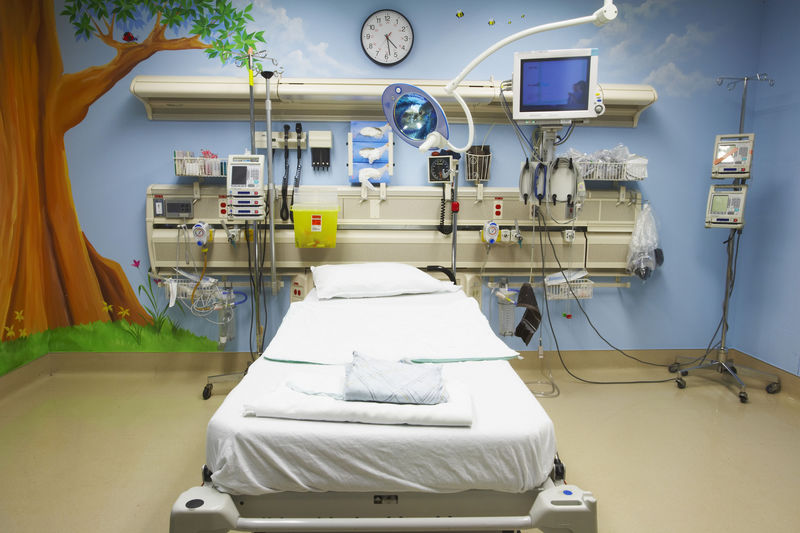
MONDAY, May 16 (HealthDay News) — Telemedicine — the care of patients by health care professionals located remotely — may benefit intensive care unit patients, new U.S. research shows.
ICUs that implemented a telemedicine intervention had lower mortality rates, lower rates of preventable complications and shorter hospital and ICU stays, according to researchers at the University of Massachusetts Medical School in Worcester.
The study, slated for presentation Monday at a meeting of the American Thoracic Society, is published online May 16 in the Journal of the American Medical Association.
The research “provides important direction for how to best apply telemedicine in intensive care,” said Dr. Jeremy M. Kahn, of the University of Pittsburgh, in an accompanying JAMA editorial.
Tele-ICU clinicians use audio, video and electronic links to assist bedside caregivers in monitoring patients and to help direct their care. In this study, health care professionals working remotely monitored 6,290 adults admitted to ICUs at two campuses of an academic medical centers from April 2005 to September 2007.
Among other things, the tele-ICU clinicians:
- Reviewed the care of individual patients
- Audited adherence to best practice guidelines for critical care
- Monitored tests for abnormal results and responses to electronic alerts and in-room alarms
- Intervened and initiated lifesaving therapy if the response time was too long or patients appeared unstable
Researchers found the hospital mortality rate dropped from 13.6 percent to 11.8 percent once tele-ICU intervention was in place.
The ICU mortality rate fell from 10.7 percent to 8.6 percent for the tele-ICU group. The length of a hospital stay declined from 13.3 days to 9.8 days in the tele-ICU group, while the length of an ICU stay shrank from 6.4 days to 4.5 days.
Moreover, the study revealed that the tele-ICU intervention period was associated with higher rates of adherence to best clinical practices than the preintervention period for prevention of deep vein thrombosis, stress ulcers and ventilator-associated pneumonia.
Lower rates of preventable complications were also noted for ventilator-associated pneumonia and catheter-related blood stream infection. In addition, best practice adherence for cardiovascular protection was better in the tele-ICU period, the researchers said.
The results were similar for medical, surgical, and cardiovascular ICUs.
Patients in the tele-ICU group were also 8 percent more likely to go home, 6 percent less likely to go to a rehabilitation or long-term care facility, and 2 percent more likely to go to a skilled nursing facility than patients in the traditional ICU group.
As patient needs and the costs associated with adult critical care have increased, more efficient methods of delivery of care, such as tele-ICUs, are needed, the study authors said.
“Telemedicine alone does not equate to quality improvement but is merely a tool for quality improvement,” Kahn said in an American Medical Association news release. “It is important to define specific quality deficiencies in the target ICUs, and then design the telemedicine intervention specifically to address those deficiencies, akin to other types of quality improvement.”
More information
The American Telemedicine Association has more information on telemedicine.

